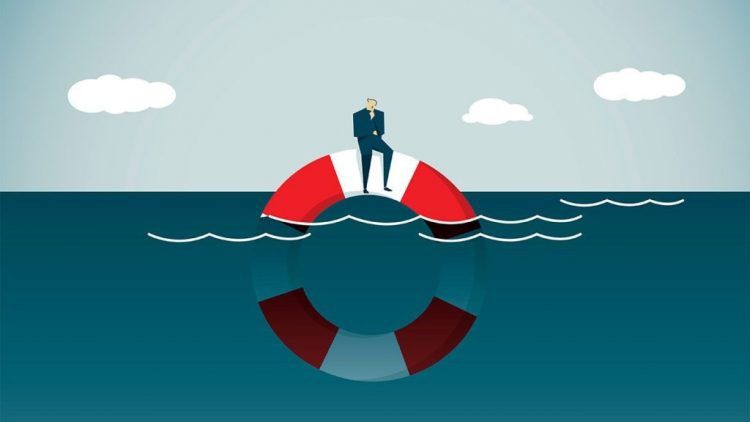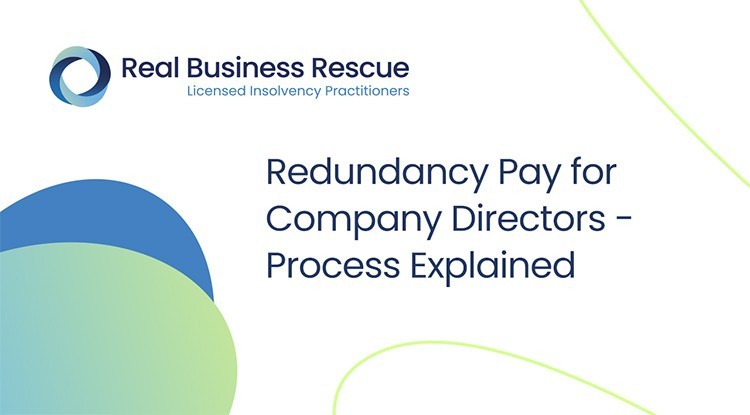What Happens to Redundancy If Company Goes Bust? A Guide to Your Rights
What Happens to Redundancy If Company Goes Bust? A Guide to Your Rights
Blog Article
Exploring the Interplay In Between Business Redundancy and Business Versatility for Future Development
In the dynamic landscape these days's company globe, the elaborate relationship between firm redundancy and organizational flexibility emerges as a crucial aspect for continual growth and success. Firms frequently encounter the challenge of striking a fragile equilibrium between preserving a degree of redundancy to minimize risks and promoting flexibility to respond quickly to the ever-evolving market needs. This delicate interplay holds the vital to not only making it through in stormy times but likewise growing in the face of unpredictability. As we discover the multifaceted dimensions of this interaction, fascinating insights into exactly how companies browse these complexities to pave the method for future development wait for.
Importance of Company Redundancy
Company redundancy is an essential aspect that boosts organizational resilience and alleviates operational dangers. By including redundancy actions within the organizational framework, companies can much better withstand unexpected disruptions and variations in business environment. Redundancy acts as a calculated buffer, enabling firms to adapt and respond efficiently to unanticipated obstacles without endangering essential procedures.
One secret aspect of the significance of business redundancy is its role in guaranteeing continuity during times of situation. When confronted with unexpected changes or emergency situations, repetitive systems, resources, or personnel can action in to preserve essential features and stop extensive disruptions. This connection not only safeguards the firm's track record and customer trust however also decreases monetary losses and operational downtime.

Methods for Business Versatility

Developing versatile organizational structures that allow for fast modifications to market characteristics and consumer requirements is vital for staying affordable in a swiftly progressing setting. By proactively recognizing possible interruptions and opportunities, companies can proactively thrive and adjust in an ever-changing service landscape.
Balancing Redundancy and Flexibility
Accomplishing a harmonious stability between operational redundancy and business adaptability is paramount in browsing the complexities of a vibrant company environment. Redundancy within a business offers a safeguard, guaranteeing connection and stability in procedures. Nevertheless, an excess of redundancy can cause inefficiencies and prevent adaptability to transforming market conditions. On the various other hand, organizational versatility allows companies to react quickly to exterior interruptions and confiscate new possibilities. Striking the right equilibrium in between redundancy and adaptability is a fragile process that needs a deep understanding of the company's goals, market characteristics, and risk resistance.
To attain this equilibrium, business require to perform regular evaluations of their procedures to recognize locations where redundancy is necessary for risk reduction and where adaptability can drive technology and growth. Executing flexible structures, fostering a culture of continuous learning and improvement, and encouraging open interaction throughout all degrees of the organization are essential techniques to harmonize redundancy and adaptability properly. By straightening these 2 important aspects, companies can position themselves for lasting growth and success in an ever-changing company landscape.
Study on Adjustment Success
In taking a look at instances of successful business adaptation, it becomes noticeable that the interaction between functional redundancy and versatility is a defining consider forming resilient organizations. One engaging study is that of Netflix. At first a DVD rental service, Netflix showed amazing flexibility by transitioning right into a streaming platform when digitalization interfered with the industry. By purposefully purchasing modern technology and material creation, Netflix not just survived yet flourished in Check Out Your URL a quickly evolving market. One more standout instance is Amazon. Starting as an on-line bookstore, Amazon continually adapted its service model, broadening right into diverse markets such as cloud computing and expert system. This versatility permitted Amazon to stay ahead of rivals and meet altering visite site consumer needs. Lastly, Adobe supplies a significant illustration of successful adjustment. The firm shifted from offering software program licenses to a subscription-based model, making sure reoccuring revenue streams and improved consumer involvement. These case research studies emphasize the significance of operational redundancy combined with organizational flexibility in cultivating long-term growth and competitiveness.
Structure Durability for Future Growth
Building resilience for future growth calls for a critical placement of functional processes with market dynamics and emerging trends. Firms have to adjust to transforming atmospheres by promoting a culture of flexibility, innovation, and continual enhancement. Durability involves not just recuperating from obstacles yet likewise proactively planning for future obstacles. One essential facet of structure durability is investing in robust risk management strategies to minimize prospective disruptions. This consists of circumstance preparation, diversifying supply chains, and creating backup prepare for different backups (who pays redundancy money).
In addition, promoting solid connections with stakeholders, such as consumers, employees, vendors, and the community, is crucial for weathering uncertainties and keeping trust and support throughout turbulent times. Efficient interaction and transparency play an important duty in building durability, as they aid align expectations and assist in cooperation in navigating uncertainties.
Moreover, companies require to prioritize knowing and growth campaigns to upskill employees and equip them with the needed devices to adjust to transforming circumstances. By purchasing their workforce, companies can improve their versatility and dexterity, inevitably reinforcing their resilience for sustainable future growth.
Conclusion

In the dynamic landscape of today's organization world, the detailed relationship between firm redundancy and organizational versatility arises as an essential aspect for sustained growth and success. Business often deal with go the obstacle of striking a fragile balance between preserving a degree of redundancy to mitigate dangers and cultivating adaptability to respond quickly to the ever-evolving market needs.To attain this equilibrium, companies need to carry out normal analyses of their operations to identify areas where redundancy is needed for threat reduction and where flexibility can drive innovation and growth.In final thought, the interaction in between firm redundancy and business flexibility is crucial for future growth. Building resilience through a combination of redundancy and versatility will certainly make sure that business are prepared for the obstacles of the future.
Report this page